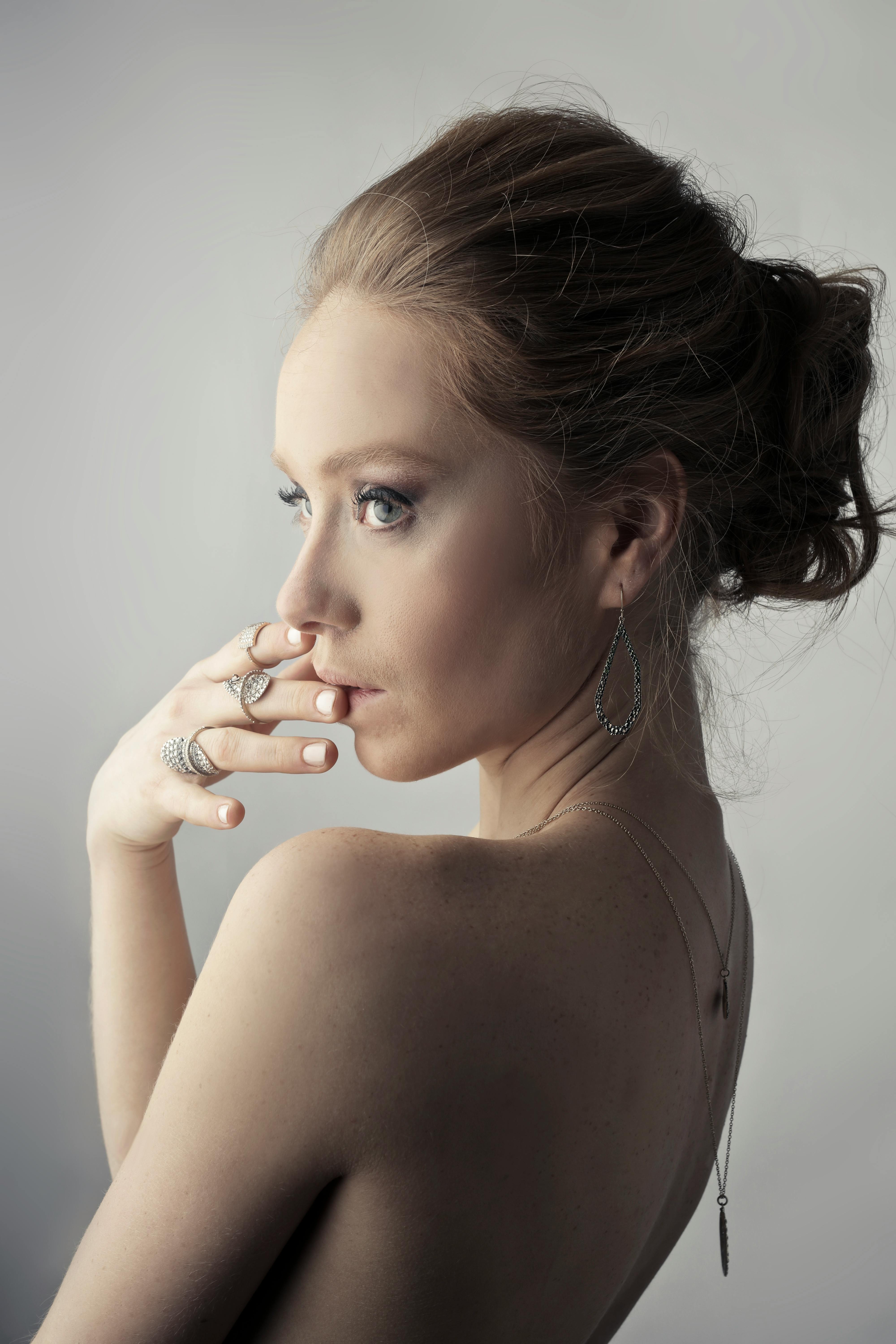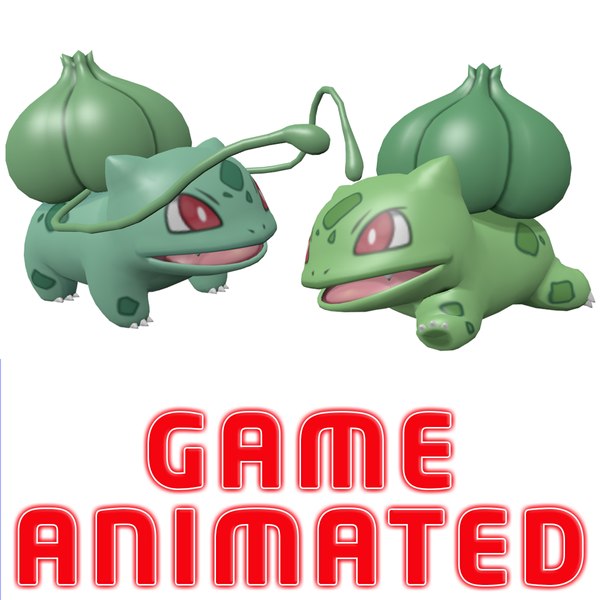 Their alternative was to keep much of the identical information and visual design, while employing formats that emphasised immediate communication and therefore implied a significantly less hierarchical romantic relationship with the reader.45 Increasingly, nevertheless, they competed for visitors with more recent, much more self-consciously ‘liberated’ regular monthly titles. While these strategies undoubtedly pathologised things of female working experience, perversely, they also acknowledged elements of embodiment that remained culturally taboo exterior conversations amongst girls by symbolizing shared bodily working experience inside the semi-non-public globe of the women’s journal, these advertisements also de-individualised that knowledge. French language’, although the deodorant is ‘a female critical in any language’, and the ‘price of finish female protection’. A 1968 ad showed, from behind, a bare entire body from shoulder to knee, with the strapline across the buttocks reading through ‘The deodorant no person thinks they need’. If ‘the most feminine part’ of a girl produced ‘odour and discomfort’, then only ‘the most female deodorant’ could clear up the difficulty.61 The intertwining of notions of femininity, sexuality and disgrace is in particular evident in adverts that ran between 1968 and 1970. A 1968 advert for Elle vaginal deodorant (pictured down below), a brand marketed at teens, drew on popular tropes of Continental sexual liberty, and promised to convey to ‘The sex naked women reality about French girls’.62 The aerial photograph demonstrates a youthful white woman, potentially a teenage ‘girl’, lying bare on a bed of petals.
Their alternative was to keep much of the identical information and visual design, while employing formats that emphasised immediate communication and therefore implied a significantly less hierarchical romantic relationship with the reader.45 Increasingly, nevertheless, they competed for visitors with more recent, much more self-consciously ‘liberated’ regular monthly titles. While these strategies undoubtedly pathologised things of female working experience, perversely, they also acknowledged elements of embodiment that remained culturally taboo exterior conversations amongst girls by symbolizing shared bodily working experience inside the semi-non-public globe of the women’s journal, these advertisements also de-individualised that knowledge. French language’, although the deodorant is ‘a female critical in any language’, and the ‘price of finish female protection’. A 1968 ad showed, from behind, a bare entire body from shoulder to knee, with the strapline across the buttocks reading through ‘The deodorant no person thinks they need’. If ‘the most feminine part’ of a girl produced ‘odour and discomfort’, then only ‘the most female deodorant’ could clear up the difficulty.61 The intertwining of notions of femininity, sexuality and disgrace is in particular evident in adverts that ran between 1968 and 1970. A 1968 advert for Elle vaginal deodorant (pictured down below), a brand marketed at teens, drew on popular tropes of Continental sexual liberty, and promised to convey to ‘The sex naked women reality about French girls’.62 The aerial photograph demonstrates a youthful white woman, potentially a teenage ‘girl’, lying bare on a bed of petals.
 The quantity of ads for vaginal deodorants peaked concerning 1968 and 1970, and fell off thereafter furthermore, nude styles highlighted prominently in excess of these 2 years, and just after this position ads tended to demonstrate both clothed girls or packaging. Across the overall time period, ads for both underarm and vaginal deodorants stressed freshness, coolness, self-confidence and all-working day safety. Alongside this contradictory building of ‘naturalness’, the ads concurrently invoked and undermined the viewer’s own position as a ‘normal woman’. However, it allowed minimal room for girls to engage with existing visible culture as agents relatively than passive victims, or for the chance of a number of, contradictory and complexly gendered responses to pictures. In the seventies, a physique of scholarship emerged that however styles conversations of women’s interactions with visible lifestyle. The relationship concerning New York and New Jersey families was even further difficult when Johnny Sack was busted by the FBI and despatched to prison to await demo, and Phil Leotardo, however nursing tough feelings about Blundetto, was named Acting Boss of the Lupertazzi Family.
The quantity of ads for vaginal deodorants peaked concerning 1968 and 1970, and fell off thereafter furthermore, nude styles highlighted prominently in excess of these 2 years, and just after this position ads tended to demonstrate both clothed girls or packaging. Across the overall time period, ads for both underarm and vaginal deodorants stressed freshness, coolness, self-confidence and all-working day safety. Alongside this contradictory building of ‘naturalness’, the ads concurrently invoked and undermined the viewer’s own position as a ‘normal woman’. However, it allowed minimal room for girls to engage with existing visible culture as agents relatively than passive victims, or for the chance of a number of, contradictory and complexly gendered responses to pictures. In the seventies, a physique of scholarship emerged that however styles conversations of women’s interactions with visible lifestyle. The relationship concerning New York and New Jersey families was even further difficult when Johnny Sack was busted by the FBI and despatched to prison to await demo, and Phil Leotardo, however nursing tough feelings about Blundetto, was named Acting Boss of the Lupertazzi Family.
Just kidding, Joe. God bless the Scarlatelli loved ones and God bless the soul of Evelyn. Joe Biden – There are numerous iterations of President Joe Biden as a meme. There is no proof that he at any time identified as it “Wicca”, even though he did refer to its group of followers as “the Wica” (with a single c). She started her theatrical career by showing in Gypsy: A Musical Fable and The Sound of Music at Monmouth County’s Jewish Community Center. It combines social media and on line courting into a person system, which doesn’t sound like a great deal of an situation until eventually you take into account the matter of personalized privacy. Nude and semi-nude photos appeared considerably a lot more often in commercials than editorial content.58 Ads for a vast array of solutions featured nude and semi-nude bodies. This appears to us a far more appropriately historicised strategy to visual tradition than significantly perform on the male gaze. The 1970s feminist scholarship on visual culture definitely received 1 point suitable: women’s magazines had been an influential supply of depictions of femininity. Assertions offered as timeless truths about visual lifestyle, male-woman relations and the gendered psyche have been as a substitute ‘time bound’ reflecting the profuse depictions of woman bodies in mass tradition at a level of shifting sexual relations-and replicating that culture’s blind places all around ‘race’ and queer sexualities.42 In reinstating the instability and ultimate unknowability of women’s engagements with these visuals, we also insist on a absolutely historicised account of women’s agentic responses to this newly sexualised imagery an account that acknowledges extraordinary asymmetries of electricity and the problems in capturing the effects of these types of visuals on feminine subjectivity, but also avoids ahistorical statements about female consciousness or depicting females as inescapable victims of oppressive visible lifestyle.
Sculptures commenced expressing additional electric power and electricity for the duration of this time interval. Ads for vaginal deodorants began to show up in women’s publications in the late nineteen sixties.59 As with ads for underarm deodorants, they appeared much more routinely in the summertime months. Perhaps for this explanation, to a considerably higher extent than adverts for other goods, those for vaginal deodorants persistently and explicitly posited femininity as the two dilemma and resolution. To entice ladies to solve the ‘problem’ making use of their products, they depicted an choice femininity, alluring mainly because of its obvious ‘naturalness’ and ever-so-marginally glamorised ‘normality’. Against theories of the ‘gaze’ and spectatorship that existing woman responses to this imagery as uniform, and women of all ages as essentially passive in the face of misogynistic imagery, we emphasise the ambiguities inside of many illustrations or photos, and the multiplicity of achievable responses to them. In the 1980s and further than, feminist critics explored choice woman responses to pictures, together with identification and need, and emphasised attainable means of viewing that resisted or subverted the intentions of producers.39 In 1989, Edward Snow argued that male gaze concept typically became ‘an unwitting agent of the extremely forces of surveillance it wishes to oppose’, simultaneously reducing masculine eyesight ‘to the conditions of electric power, violence, and control’, and depriving photos of girls of ‘their subjective or undecidable elements-to say almost nothing of their power’.